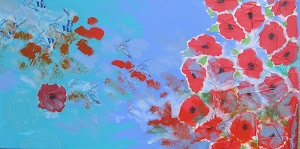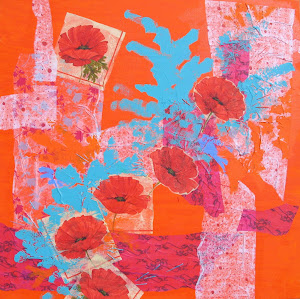Kindergarten Animal Collages



Over the past month, the kinders had been learning about and practicing how to draw different shapes. After we finished our shape and color paintings (see those here), we started working on cutting and ripping shapes.
The students participated in an activity which alternated cutting and ripping different shapes out of construction paper. Some shapes were hard to make, and ripping made it even more challenging, but everyone knew it was good practice! They stored their shapes in a "treasure chest" (an envelope) and then next week they used their creative minds to turn the shapes that they had made into animals.






It was kinder's first official time in the art room doing a collage.
They learned:



Over the past month, the kinders had been learning about and practicing how to draw different shapes. After we finished our shape and color paintings (see those here), we started working on cutting and ripping shapes.
The students participated in an activity which alternated cutting and ripping different shapes out of construction paper. Some shapes were hard to make, and ripping made it even more challenging, but everyone knew it was good practice! They stored their shapes in a "treasure chest" (an envelope) and then next week they used their creative minds to turn the shapes that they had made into animals.






It was kinder's first official time in the art room doing a collage.
They learned:
- How to cut paper from the edge, not the middle (so the leftovers can still be used.)
- The glue rule "just a dot, not a lot."
- How to sort paper for recycling (anything bigger than your fist), and paper for the trash (anything smaller than your fist.)
- The glue rule "just a dot, not a lot."
- How to sort paper for recycling (anything bigger than your fist), and paper for the trash (anything smaller than your fist.)
- That if you get a little Elmer's glue on your hands, you don't need to wash them! Just rub your hands together - the glue will dry and brush right off! (And this cuts down on water and paper towel waste, which is good for the environment!)
After making their collages, the students used white and black crayons to add details like fur, patterns or scales to show how the animal looks and feels. They also added a place for the animal to live.
After making their collages, the students used white and black crayons to add details like fur, patterns or scales to show how the animal looks and feels. They also added a place for the animal to live.








































No comments:
Post a Comment